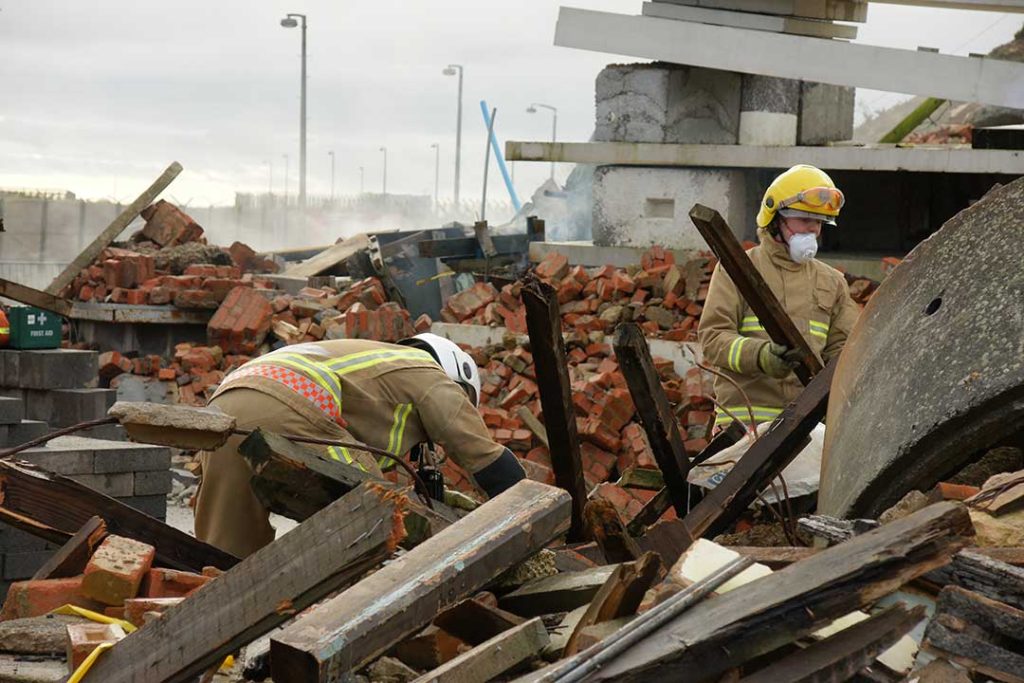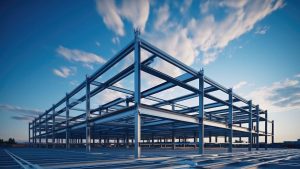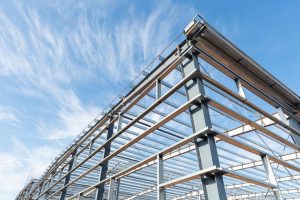In an ever-changing world, where natural and man-made disasters can strike without warning, the importance of disaster-resistant infrastructure cannot be overstated. Steel buildings have emerged as a key player in ensuring the resilience and quick recovery of communities in the face of adversity. With their exceptional strength, versatility, and durability, steel structures have become a beacon of hope and safety, showcasing their significance in emergency situations. In this article, we delve into the profound impact of steel buildings in disaster resilience and recovery, highlighting real-world examples that demonstrate their vital role.
The Strength of Steel
One of the primary reasons steel buildings stand out in disaster resilience is their inherent strength. Steel is renowned for its remarkable tensile strength, making it capable of withstanding extreme forces, including those unleashed by earthquakes, hurricanes, and even explosions. This structural integrity ensures that steel buildings remain standing, providing shelter and stability when traditional structures might falter. This quality has been put to the test in numerous disaster scenarios, with steel structures consistently proving their mettle and safeguarding lives.
The Strength of Steel
One of the primary reasons steel buildings stand out in disaster resilience is their inherent strength. Steel is renowned for its remarkable tensile strength, making it capable of withstanding extreme forces, including those unleashed by earthquakes, hurricanes, and even explosions. This structural integrity ensures that steel buildings remain standing, providing shelter and stability when traditional structures might falter. This quality has been put to the test in numerous disaster scenarios, with steel structures consistently proving their mettle and safeguarding lives.
Case Study: The Great East Japan Earthquake
The devastating 9.0 magnitude earthquake that struck Japan in 2011 wreaked havoc on buildings and infrastructure. However, several steel-framed buildings, like Tokyo Skytree and Yokohama Landmark Tower, remained largely intact despite the massive tremors. These structures not only saved lives but also served as symbols of hope amidst the chaos, emphasising the crucial role steel plays in disaster resilience.
Quick Construction and Versatility
In emergency situations, time is of the essence. Steel buildings offer a distinct advantage in this regard due to their rapid construction capabilities. Pre-engineered steel components can be manufactured off-site and assembled quickly, expediting the process of creating essential infrastructure in disaster-stricken areas. Whether used for temporary shelters, medical facilities, or command centers, steel buildings provide a flexible solution that adapts to the immediate needs of the situation.
Case Study: Hurricane Katrina Recovery
When Hurricane Katrina struck the Gulf Coast in 2005, it left widespread destruction in its wake. Steel buildings played a pivotal role in the recovery efforts by providing rapid and durable solutions. These structures were employed as emergency shelters, distribution centers, and medical facilities, showcasing their adaptability and resilience in the face of adversity.
Long-Term Durability and Sustainability
Disaster resilience isn’t just about immediate recovery; it’s also about long-term sustainability. Steel buildings excel in this aspect as well. Their resistance to corrosion, pests, and decay ensures that they remain structurally sound for years, reducing the need for frequent repairs or replacements. This durability contributes to the overall resilience of communities by offering a stable foundation for rebuilding and progress.
Case Study: Rebuilding After Hurricane Maria
Following the devastation caused by Hurricane Maria in Puerto Rico in 2017, steel buildings emerged as a beacon of hope for communities seeking to rebuild. From schools to community centers, steel structures played a vital role in restoring normalcy to people’s lives, underscoring their importance in disaster recovery.
In an unpredictable world, the role of steel buildings in disaster resilience and recovery cannot be overstated. Their unparalleled strength, quick construction, versatility, and long-term durability make them a cornerstone of disaster-resistant infrastructure. Real-world examples, such as those witnessed in the aftermath of earthquakes, hurricanes, and other crises, demonstrate the pivotal role steel buildings play in safeguarding lives and enabling swift recovery. As communities continue to face the challenges posed by disasters, steel structures stand as a symbol of resilience, strength, and hope for a brighter future.




